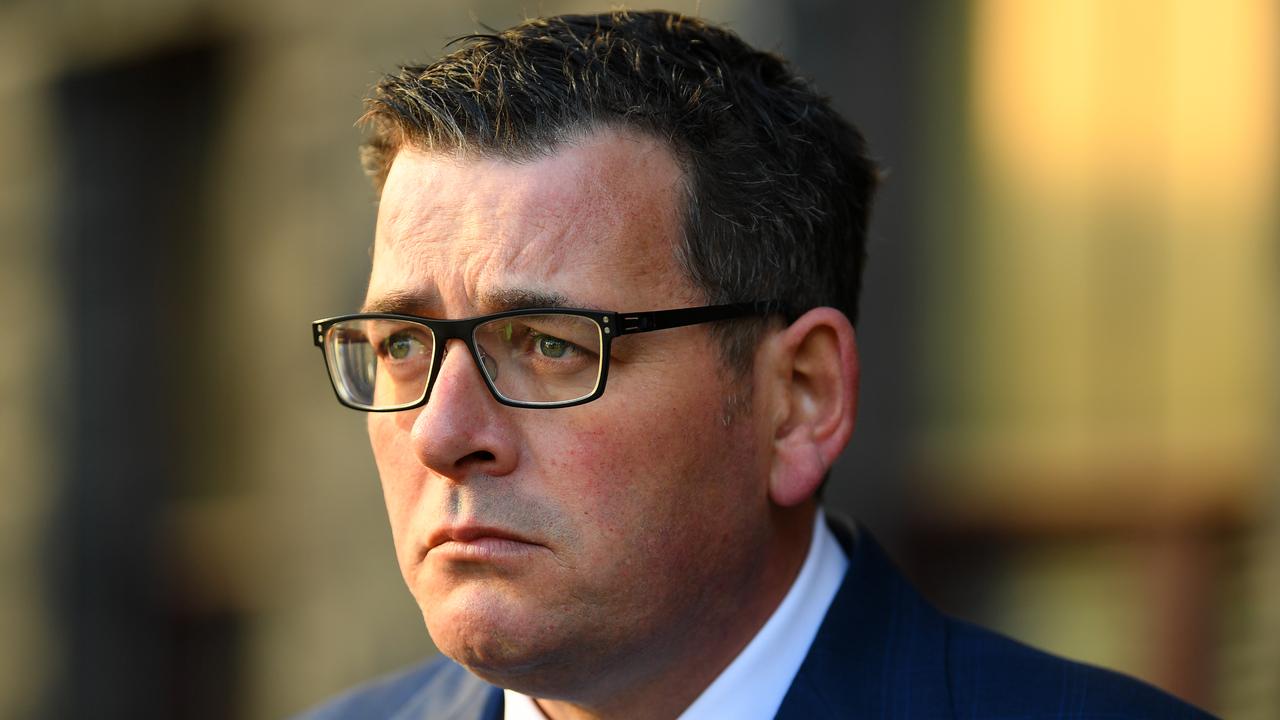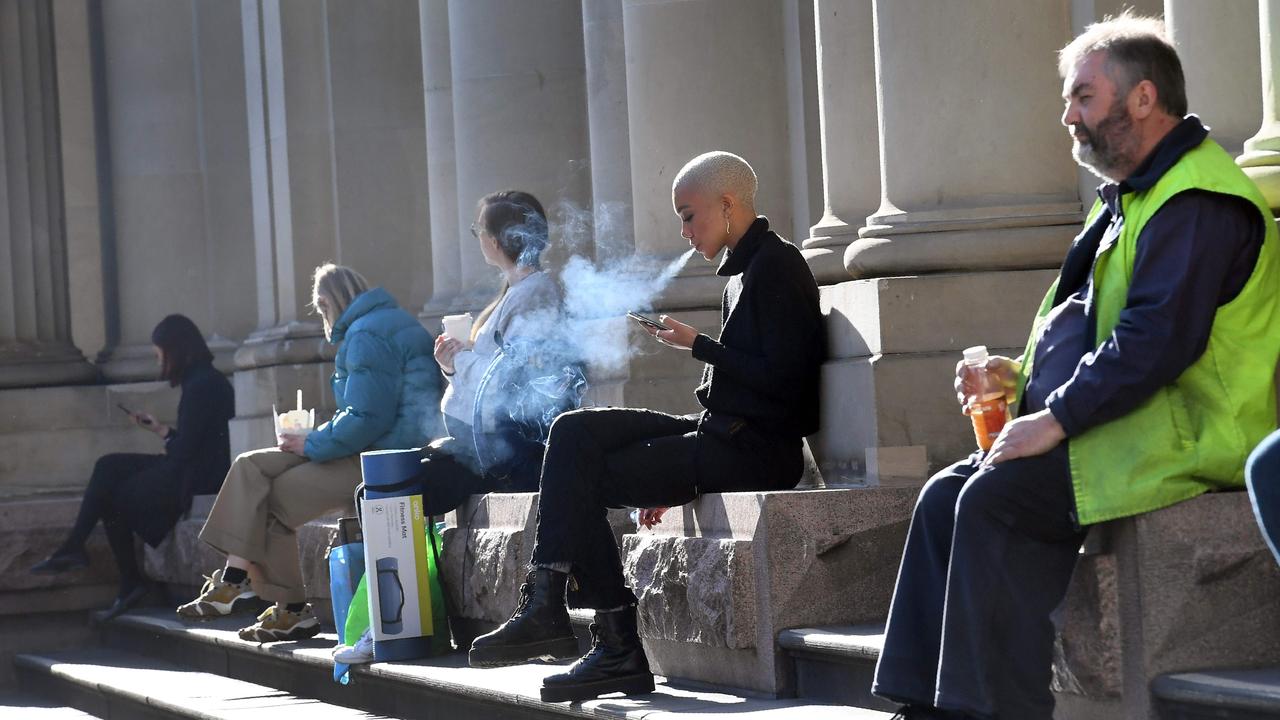Victoria imposes new restrictions after virus spike
It was all going well in Victoria with new cases under control. Now a state of emergency will be in place for the next month – how did it get so bad?
From Monday, Victorians were set to enjoy some of the benefits of eased coronavirus restrictions that many other Australians have been revelling in for weeks.
Cafes, restaurants and pubs were set to increase capacity from 20 people to 50, for instance.
But that won’t be happening. In fact, from midnight Sunday, Victorians will have some COVID-19 restrictions reimposed – and they will be enforced by police. A state of emergency will remain in place for the next month.
Household gatherings will be restricted to a maximum of five guests, and public gatherings will have a limit of 10 people. And getting pubs and cafes back to some semblance of normality – well that's going to have to wait too.
Gyms, cinemas, indoor sports centres and concert venues will be allowed to reopen, but with only 20 patrons.
Health Minister Jenny Mikakos said she knew it was “frustrating” to have restrictions reimposed.
“We are all getting tired, we are getting fatigued by all of the restrictions that have been in place, but unless we all take this seriously, unless we all exercise a degree of responsibility here, we will have more cases and we will have more people end up in hospitals,” she said this morning.
Victorians are having to digest the reality that in some suburbs, that have become hot spots for community transmission, those restrictions could be amped up even further.
At 11.59pm, 21/6 the following restrictions will apply in Victoria. Up to 20 patrons per space at:
— Jenny Mikakos MP #StayHomeSaveLives (@JennyMikakos) June 20, 2020
✔ï¸cafes, restaurants & pubs
✔ï¸religious services
✔ï¸community facilities
✔ï¸galleries, museums, cinemas.
Private homes: 5 visitors + household. Info https://t.co/XDkU736cfK #springst pic.twitter.com/n9ip57ywFt
Across the border in New South Wales is the state that’s seen the most coronavirus cases. In comparison to its northern neighbour, Victoria was doing pretty well. Yet, while Sydneysiders are sinking beers with mates in the pubs and getting back to the gym, Melburnians will end up spending most of their time indoors.
They must be wondering how it all went so wrong, so quickly.
The reason is community transmission. NSW’s five cases on Sunday were all returned travellers. But a substantial chunk of Sunday’s 19 new cases in Victoria and 25 on Saturday are from person to person transmission outside of quarantine.
There are real concerns that a second wave of COVID-19 is possible.
Yesterday, Victorian Premier Daniel Andrews pointed the finger at people with the virus blithely going about their daily lives regardless.
He said the new cases included “large family outbreaks” where the virus was spread among people in a household, and then to others in the community.
In some cases, those people knew they were infected but went to work or social gatherings anyway, he said.
“If you are sick, do not go out. If you are sick, do not go out,” Mr Andrews said. “You’re putting the rest of Victoria at risk. That is not right.”

The new rules will come into place from midnight and stay in place until midnight on July 12. He said the restrictions were imposed to try and “break the cycle” of people who are unwell continuing to socialise.
He said authorities would go door-to-door to ensure the new rules are being adhered to.
“I want to make it really clear that we have seen some families who have not done as they have been asked,” he said.
“We have seen some families who perhaps through a sense of frustration and their hope that this is over, they have pretended that it is.
“I am not happy to have to confirm this but we will go door-to-door getting the message out there to communities across the state and that these restrictions are there for everyone.
“We will also go door-to-door not just in getting good public health advice out to people, we’ll go door-to-door if we have to make sure people are doing the right thing.”
Those restrictions could include going back to restricting the reasons why people can go outside.
RELATED: Flaw with the ‘second wave’ theory

Yesterday, the state’s chief health officer Brett Sutton said Victoria is at a “crossroads” after the latest spike in cases.
“We are indeed at a crossroads,” Dr Sutton said.
“The increase in numbers just in the last few days, in absolute terms, doesn’t look like a great deal but it’s a very significant increase from where we’ve been previously.
Dr Sutton said Victorians had to listen to the new advice.
“They have to adhere to these new restrictions, that’s my point about there being no plan B,” he said.
“The only other pathway we have if we’re not following these restrictions is to see an exponential increase in cases.
“We got on top of that early, and we know that it’s challenging now because we’re seeing it again. “There is no vaccine available yet and not likely to be for six months plus. So the only tools we have are doing the right thing, and we have shown that works.”
Nineteen new cases were recorded today, 25 on Saturday, 13 on Friday, 18 on Thursday and 21 on Wednesday, resulting in the state’s biggest increase in more than a month.

OTHER STATES IN MUCH BETTER SHAPE
While there is a spike in Victoria, four other states and territories are now essentially COVID-19 free.
Tasmania has joined South Australia, Northern Territory and the ACT as having zero active cases.
The ACT first reached zero known active cases on April 30. It recorded one new case four days later before returning to zero for most of May. It confirmed another new case on June 7, returning to zero known active cases on June 17.
SA first reached the milestone on May 16, but 10 days later recorded one new case. It returned to zero on June 4.
The NT has had no known active cases since May 21.
The Australian death toll remains at 102, with confirmed virus cases since the initial outbreak topping 7400 on Friday.
Active cases are calculated by taking total case numbers and deducting recovered cases and deaths.
Despite a positive picture emerging from these four areas, nationwide there has been a rise in the number of active cases to 412 after months of steady declines.
There were 2306 active cases of COVID-19 on April 19 but the numbers fell every week as recovered cases outnumbered new ones.
However, this all came to an end on Sunday when the numbers hit a low of 380.
Active cases nationwide rose to 382 on Monday, 389 on Tuesday, 398 on Wednesday, 412 on Thursday, according to figures compiled by the federal government.
— With wires




